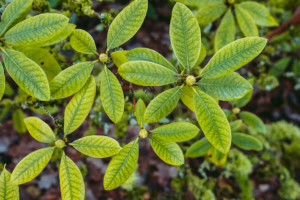
Indo Kratom vs Maeng Da: Benefits and Differences Explained
Kratom, a tropical evergreen plant native to Southeast Asia, has gained popularity worldwide for its wide-ranging benefits. Among the many kratom strains available, Indo Kratom
Important Notice: Due to Hurricane Milton, customers may experience delays with deliveries to southwest Florida. Please allow us your consideration in the next few days. Thank you for your understanding!
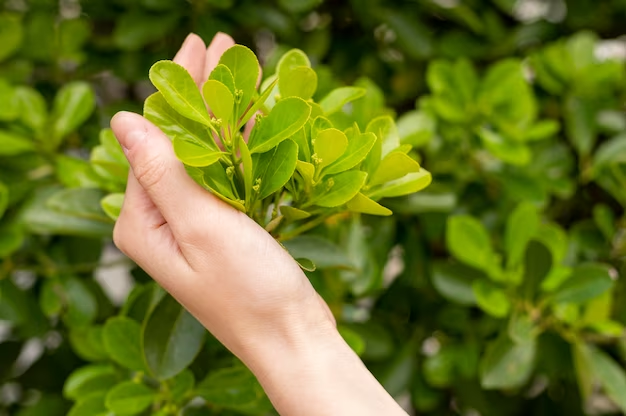
Table of Contents
ToggleKratom has gained popularity in recent years for its unique properties and diverse uses. While many enthusiasts prefer purchasing processed kratom products, how to grow kratom plants can be a rewarding endeavor. One of the first steps in this journey is acquiring kratom seeds. Kratom is also known as Mitragyna Speciosa. In this comprehensive guide, we will explore the best practices for obtaining and growing kratom seeds to ensure a successful cultivation process.
The initial decision to be made on how to grow a Kratom tree revolves around the choice between using seeds or starter plants. Growers must recognize that for a seed to successfully multiply beneath the soil, it must be exceptionally fresh. Unfortunately, fresh seeds are scarce, as many are either too old or excessively dry to germinate effectively.
Given this circumstance, obtaining seeds in America can be quite challenging. Even if fresh seeds are found, multiple seeds likely need to be germinated simultaneously to ensure an adequate sprouting yield. Due to the scarcity of reliable seeds, growers may find it necessary to purchase a substantial batch to achieve successful germination.
The complexities associated with seed germination are a key reason plant starters, or early plant shoots, often emerge as the preferred choice for novice cultivators. Reputable growers throughout the country offer these starter shoots, allowing growers to bypass several steps in the germination process. Rooted clones, derived from these starters, present the most viable options for fostering the growth of a robust Kratom tree. Witnessing the plant emerge from the ground is not only encouraging but also instills confidence in new growers as they embark on the journey of cultivating their plants.
Alternatively, consumers have the option to purchase cuttings for initiating their Kratom tree. However, this approach frequently results in irregular growth patterns and peculiar shapes. Cuttings tend to have lower success rates in taking root and are more susceptible to infections, making it challenging to maintain the long-term health of these plants. Ultimately, for individuals seeking a quick method to learn how to grow a Kratom tree, rooted plants prove to be the most reliable choice.
Read More: Kratom 101 : Learn all about Kratom
Creating the ideal environment for your kratom seeds is crucial for their successful germination and subsequent growth. Kratom plants thrive in tropical conditions, so mimicking their native habitat is essential. Provide a warm and humid environment with temperatures consistently between 75-85°F (24-29°C). Utilize a greenhouse or an indoor space with controlled temperature and humidity levels to ensure optimal conditions for your kratom seeds.
The thriving of the Kratom tree is closely linked to ample sunlight exposure. When cultivating from a cutting or sprout, it is crucial to gradually familiarize the roots with sunlight once visible. Indoor growers in the northernmost regions of America commonly employ a combination of natural and artificial light to optimize the growth of their Kratom trees, ensuring the production of high-quality leaves. Some growers advocate for a 12/12 light cycle (12 hours with light and 12 hours without), asserting it fosters the healthiest plants, while others prefer a 16/8 cycle.
However, continuous nighttime illumination is unnecessary. Replicate the rainforest environment as much as possible, as the Kratom plant thrives in such conditions. The key factors for growing kratom indoors include heat, humidity, and sunlight. Initially, every plant requires ample sunlight, and adjustments should be made along the way to create the best lighting conditions. If cultivating the Kratom tree indoors in a dry environment, a humidifier proves beneficial in emulating the humid conditions of a tropical rainforest.

When embarking on your kratom cultivation journey, you have two primary options: seeds or cuttings. While seeds are the natural choice for many growers, they can be challenging. It is important to source high-quality seeds from reputable vendors to increase the likelihood of successful germination. Alternatively, cuttings or clones taken from a mature kratom plant can be an easier and faster way to start your cultivation journey.
Choosing the right soil is paramount to the health and vitality of your kratom plants. Kratom thrives in well-draining soil with a slightly acidic to neutral pH (5.5-6.5). A mix of peat moss, perlite, and vermiculite is an excellent choice for creating a nutrient-rich, well-aerated substrate. Regularly monitor the soil moisture to prevent over-watering, which can lead to root rot.
Kratom plants are heavy feeders, and providing them with the right nutrients is essential for robust growth. Use a balanced, water-soluble fertilizer with micronutrients to support their nutritional needs. Water your plants regularly, keeping the soil consistently moist but not soggy. Ensure proper drainage to prevent water stagnation, which can adversely affect the roots.
Understanding the potential yield of your kratom plants is crucial for managing expectations. When you find out how to grow Kratom trees, be familiar with the fact that kratom growth typically takes several years to mature before reaching a height of 20-30 feet and producing leaves suitable for harvest. The yield can vary based on factor such as the age of the plant, growing conditions, and care practices. Patience is key when cultivating kratom, as it is a long-term commitment.
Do you wish to get the best kratom products like a pro from your kratom plant? Achieving success in growing kratom requires dedication and attention to detail. Here are some pro tips to enhance your cultivation experience:
Lighting: Provide ample light for your kratom plants, mimicking the tropical sunlight they thrive in. Consider supplemental grow lights to ensure consistent and high-quality illumination.
Pruning: Regular pruning is essential for maintaining the shape and health of your kratom plants. Remove any yellow or damaged leaves and promote a bushier growth pattern by trimming excess branches.
Temperature Control: Kratom plants are sensitive to temperature fluctuations. Avoid exposing them to cold drafts or sudden temperature changes, as this can stress the plants and hinder their growth.
Growing kratom plants from seeds can be a rewarding endeavor with the right knowledge and care. By creating an optimal environment, choosing the right seeds or cuttings, providing proper soil and nutrients, and following best practices, you can cultivate healthy and thriving kratom plants in the comfort of your own space. With dedication and patience, you can unlock the secrets of successful kratom cultivation and enjoy the benefits of homegrown kratom leaves.
Implement a proactive approach by regularly inspecting your plants for signs of pests or diseases. Use organic pesticides, and fungicides, and quarantine new plants before introducing them to your growing area.
Prune your kratom plants regularly to remove damaged or unwanted growth. Shape the plant by directing growth towards a central trunk, encouraging a more tree-like structure.
Kratom plants thrive in warm and humid conditions, so it’s best to start the growing process during the spring or early summer. This allows the plants to establish strong roots before the colder months.
Over-watering can lead to yellowing leaves, root rot, and a lack of oxygen for the roots. Under-watering may result in wilting, dry leaves, and stunted growth. Maintain a consistent watering schedule and adjust based on the specific needs of your plants.

Kratom, a tropical evergreen plant native to Southeast Asia, has gained popularity worldwide for its wide-ranging benefits. Among the many kratom strains available, Indo Kratom

Kratom has gained popularity worldwide, particularly in regions where its effects on well-being are recognized. Among the diverse strains of Kratom, Red Bali and Maeng
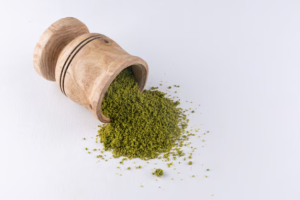
Kratom, a tree native to Southeast Asia, has become increasingly popular worldwide, for its diverse strains and distinct profiles. Among these, Maeng Da Kratom is
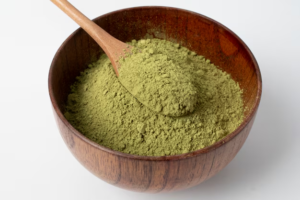
In the world of kratom, Red Maeng Da is often one of the most recognized and sought-after strains. Known for its potency and unique profile,
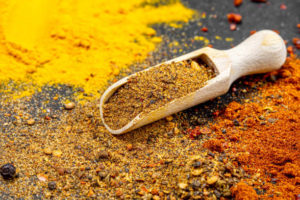
Among different kratom strains, one of the popular strains is Yellow Maeng Da Kratom. This strain is known for its versatility and potential benefits. Yellow